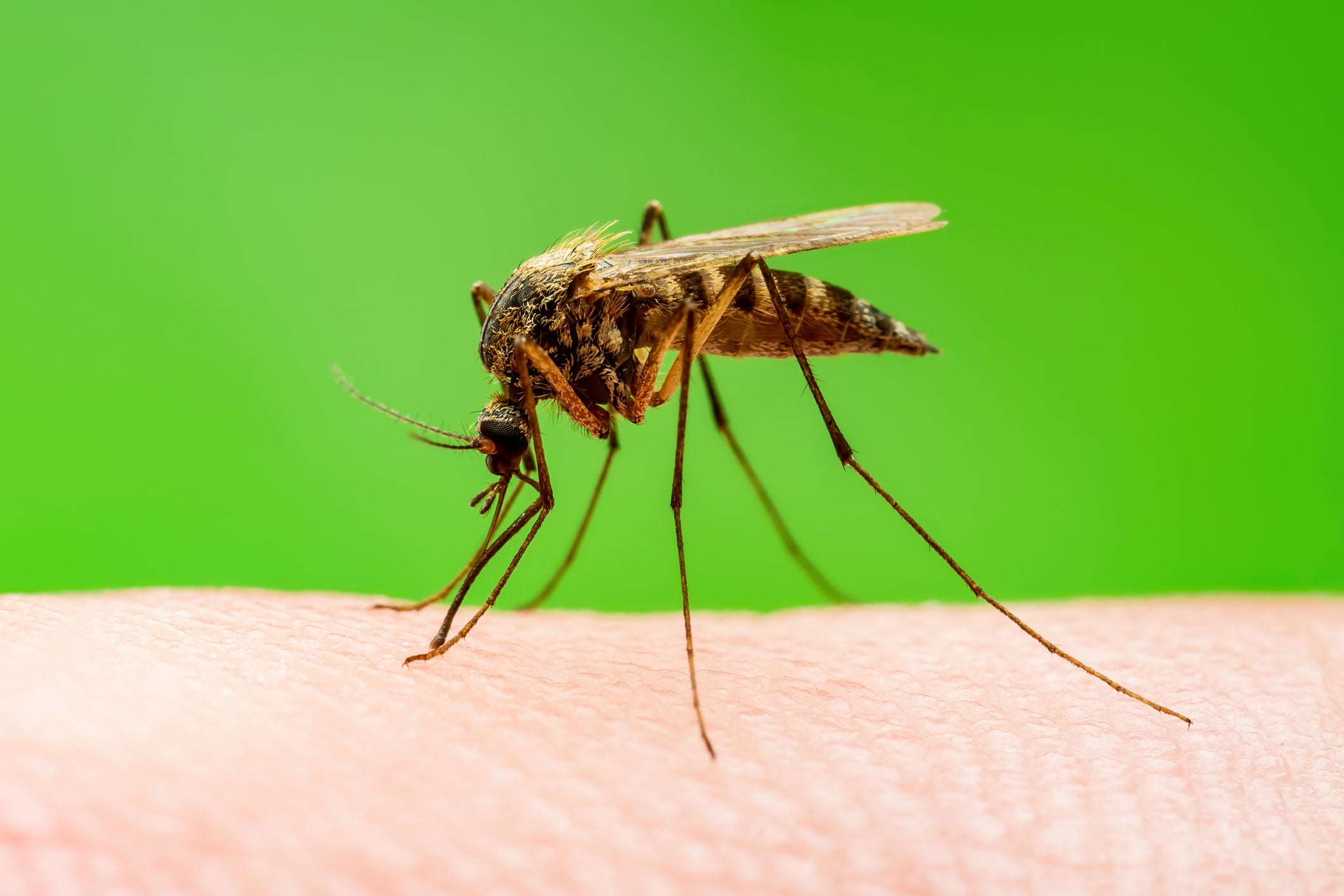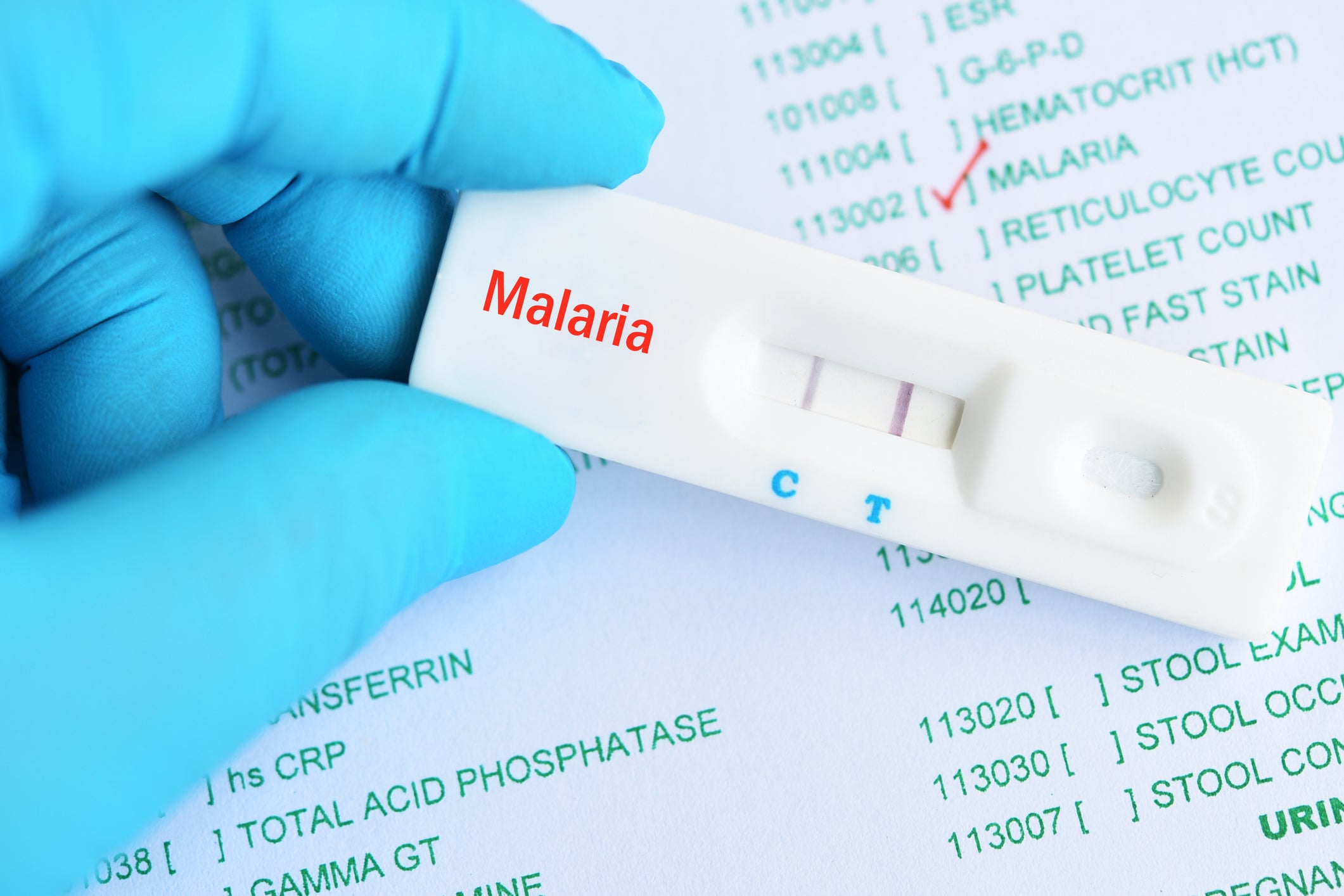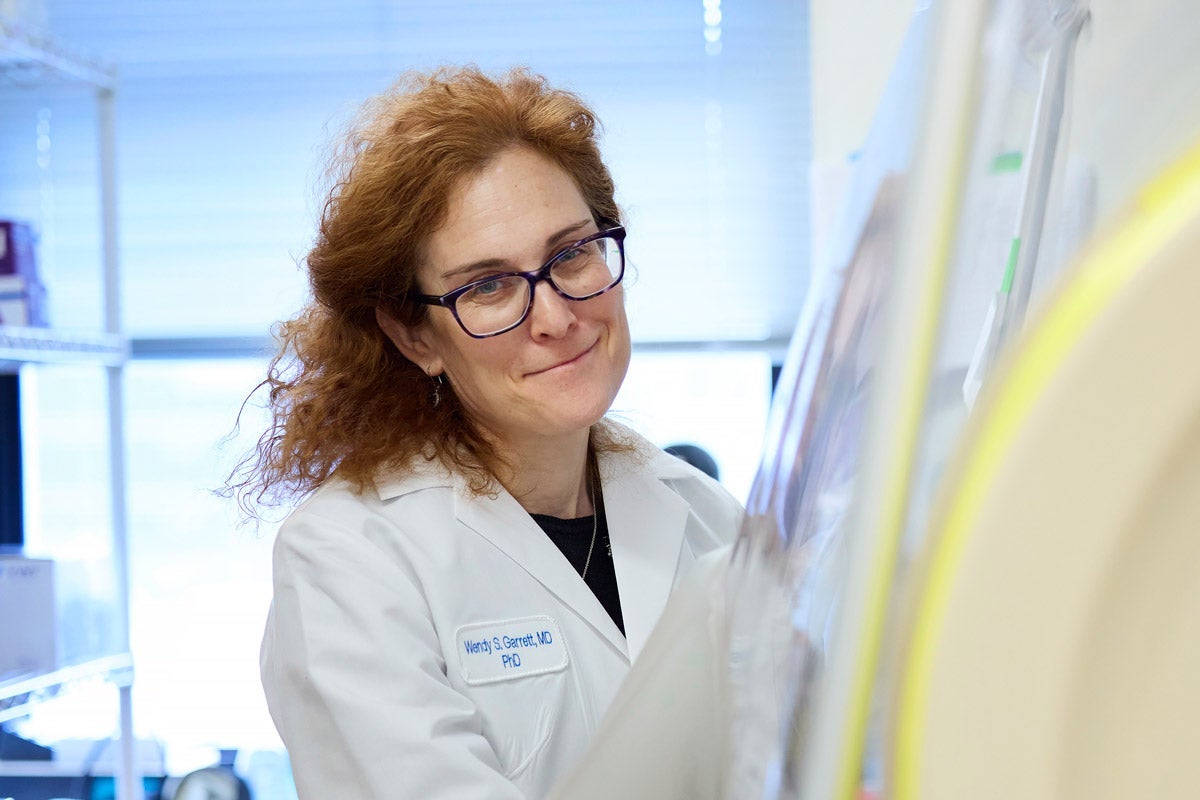Widespread, occasional use of antibiotics in U.S. linked with resistance

For immediate release: December 18, 2018
Boston, MA – The increasing prevalence of antibiotic resistance in the U.S. appears more closely linked with their occasional use by many people than by their repeated use among smaller numbers of people, according to a large new study from Harvard T.H. Chan School of Public Health.
The study also found that antibiotic use varies across the nation, and that in areas where particular antibiotics are used more frequently, resistance to those antibiotics is higher.
“We know that efforts to reduce inappropriate use of antibiotics are critical to addressing the problem of antibiotic resistance. We wondered whether every antibiotic prescription contributes equally to resistance, and whether, as some previous research has suggested, the most effective way to minimize antibiotic resistance would be to focus on the small fraction of people who use most of the antibiotics,” said Yonatan Grad, Melvin J. and Geraldine L. Glimcher Assistant Professor of Immunology and Infectious Diseases and senior author of the study. “Our results show that most antibiotic use is occasional—by people taking just one antibiotic course in a year—and that this occasional use is more closely linked with antibiotic resistance than intense, repeated use.”
The study was published online December 18, 2018 in eLife. It is the first to take a population-wide look at the link between distribution of antibiotic use and resistance to those antibiotics.
Antibiotic resistance has risen to dangerously high levels in recent years, spurred by over-prescription and overuse. Infections such as gonorrhea, tuberculosis, and foodborne diseases are becoming harder, and sometimes impossible, to treat as antibiotics become less effective, according to the World Health Organization (WHO).
In the new study, researchers sought to home in on how the distribution of antibiotic use impacts antibiotic resistance. They used data sources that allowed them to simultaneously analyze antibiotic use and resistance for an unprecedented number of antibiotics and pathogens. They used two nationwide pharmacy prescription claims databases, Truven Health MarketScan Research Database and Medicare, to determine antibiotic use among 60 million Americans—roughly 20% of the U.S. population—from 2011 to 2014. They then compared that data with information from 2012 to 2015 from ResistanceOpen, which tracks antibiotic resistance across the U.S. To determine if rates of antibiotic use for a particular drug correlate with rates of antibiotic resistance against that drug, the researchers looked at 72 pairs of antibiotics and bacteria across the U.S.
The study showed that, in 2011, 34% of people received antibiotics, that 10% of the population used 57% of the antibiotics, and that this distribution was similar for each year of the study. The researchers found that the more a particular antibiotic was used, the greater the resistance. For instance, in U.S. states that use more quinolones, more E. coli-caused infections tend to be resistant to quinolones.
However, when breaking down total use of antibiotic into occasional, low-intensity use by many people versus intense use by a few people, they found that the occasional, low-intensity use was more closely associated with rates of resistance.
“Our findings suggest that combatting inappropriate antibiotic use among people who don’t take many antibiotics may be just as important, or more important, to fighting resistance than focusing on high-intensity users,” said lead author Scott Olesen, postdoctoral fellow in the Department of Immunology and Infectious Diseases. “More antibiotic use generally means more antibiotic resistance, but it seems like the number of people taking antibiotics might matter more than the amount they’re taking.”
Other Harvard Chan School co-authors included Michael Barnett, Sonia Hernández-Díaz, Marc Lipsitch, and Derek MacFadden.
Funding for the study came from cooperative agreement U54GM088558 from the National Institute of General Medical Sciences.
“The distribution of antibiotic use and its association with antibiotic resistance,” Scott W. Olesen, Michael L. Barnett, Derek R. MacFadden, John S. Brownstein, Sonia Hernández-Díaz, Marc Lipsitch, and Yonatan H. Grad, eLife, December 18, 2018, doi: 10.7554/eLife.39435
photo: iStock
Visit the Harvard Chan School website for the latest news, press releases, and multimedia offerings.
For more information:
Chris Sweeney
617.432.8416
csweeney@hsph.harvard.edu
###
Harvard T.H. Chan School of Public Health brings together dedicated experts from many disciplines to educate new generations of global health leaders and produce powerful ideas that improve the lives and health of people everywhere. As a community of leading scientists, educators, and students, we work together to take innovative ideas from the laboratory to people’s lives—not only making scientific breakthroughs, but also working to change individual behaviors, public policies, and health care practices. Each year, more than 400 faculty members at Harvard Chan School teach 1,000-plus full-time students from around the world and train thousands more through online and executive education courses. Founded in 1913 as the Harvard-MIT School of Health Officers, the School is recognized as America’s oldest professional training program in public health.


